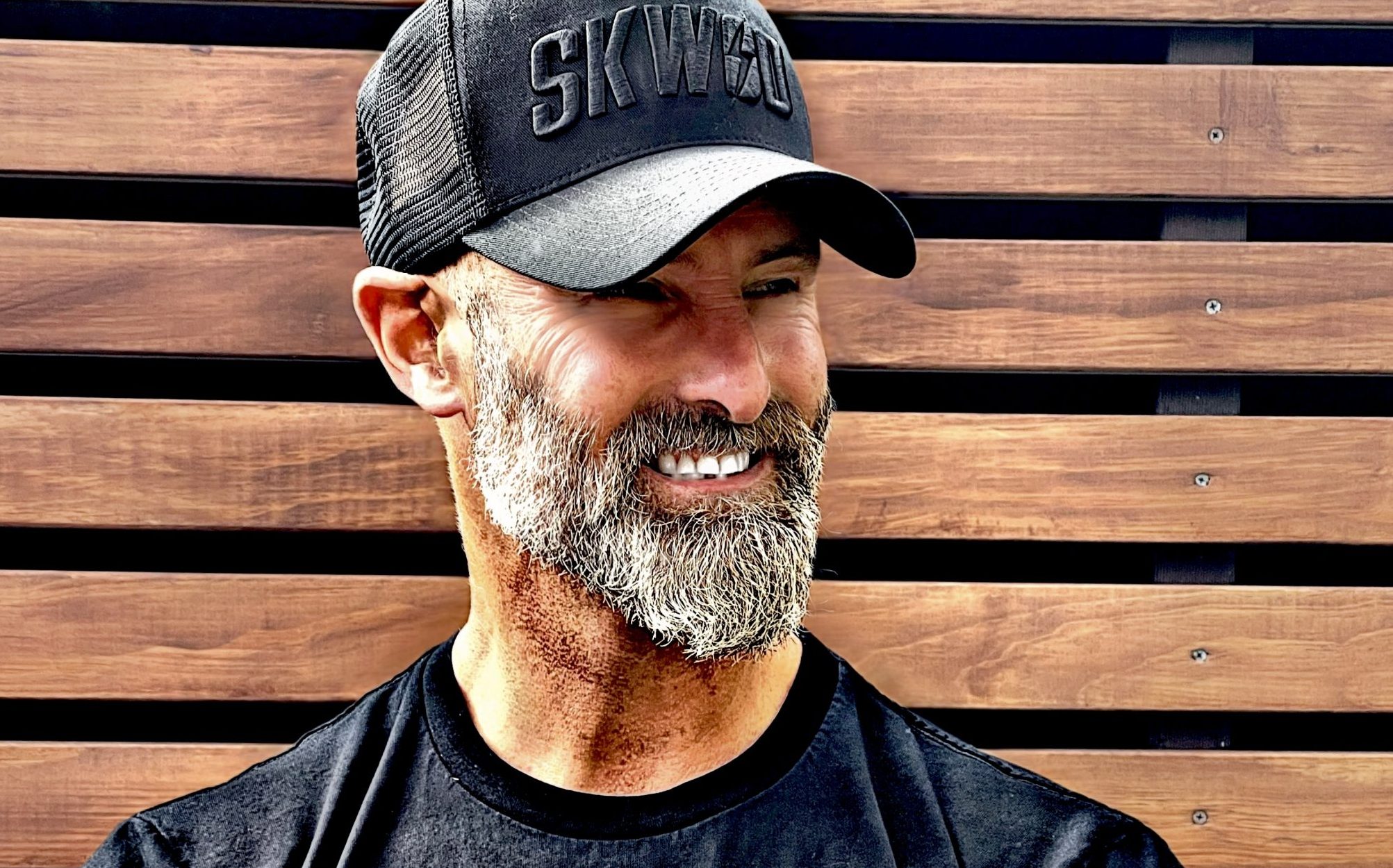The Wealth Management Business Is Growing Fast. Here Are the Speed Bumps.
For years, the wealth management industry has been rising on a geyser of assets under management. From an estimated $27 trillion in 2018, assets are estimated at $64 trillion today and are projected by Statista Market Insights to hit $87 trillion in 2028.
But fast-growing industries face challenges. For this week’s Big Q , we asked industry professionals to identify some of them. The question: What are the biggest challenges facing the wealth management industry and why are they so important?
Alan Moore, CEO, XY Planning Network and AdvicePay: A major change is the shift from product sales to advice. It means you have to actually train on finances and advice, not just learn sales. It’s creating a spike in demand for CFP professionals—we just had the largest cycle of exam takers in the past 12 months—after the CFP has been around for 50 years. And there’s a shortage of talent who can handle being advisors.
Product organizations hired for salespeople for years and now have to adapt to hiring advice givers. It’s causing products to be reinvented with no-commission alternatives. It’s leading people to switch channels and break away—because broker-dealers are technically securities product/sales distribution platforms, and you don’t need one if you’re in the advice business.
The shift to advice has been under way for over 30 or 40 years. But the vast majority of the industry, probably 90%-plus, is still built around a product distribution business model, not around advice. You see this in recruitment efforts, where folks are being recruited into sales roles and you lose 90% to 95% of your new hires because they don’t make the cut. We don’t have 90% or 95% turnover on new hires into advice roles, but people who want to work in the advice industry are very different from the folks who want to do sales.
Ryan Parker, CEO, EP Wealth Advisors: My one-word answer as far as the biggest challenge is “people.” This has always been a talent industry. It’s about people serving people. But increasingly, the talent opportunity and challenge is getting more and more complicated and nuanced. To serve clients, it’s no longer sufficient to just have the best advisors. Plus, the best advisors are increasingly difficult to attract and to develop and to cultivate. That’s either because they’re happy with where they are, or once they get in a good situation, they probably do serve clients well by staying the course.
The talent that surrounds the client and enables the advisor, that’s where the war is really heating up. And it’s not just the financial planning or tax or estate, but it’s the technical talent—people who understand and can deploy the different technologies that are inside our industry and increasingly ubiquitous across industries. I really think that whatever your time horizon is, the ability to attract, develop, align, and then reward and retain the best talent throughout the organization is critical.
I think it starts with the front lines who are interfacing with clients every day, but it goes now to every single position. That is what’s going to separate those who are able to build something of scale and significance over time. Clients are going to go where the best talent resides. So to compete, I’m going to go for the best people.
Daniel Burke, founding partner, investment management, Callan Family Office: One of the biggest challenges facing the industry is managing the complexity and volume of all clients’ personal data.
An ultrahigh net worth family or family office often has data everywhere—siloed at multiple providers and custodians, old tax returns, et cetera. As advisors, we have to help them manage this data in order to provide good advice and execute across their full balance sheet. We’re investing more and more in data processes, data quality, and technology to help families make decisions across a clean, comprehensive set of data.
The challenge is that even if we invest to collect all of that data, the systems downstream, the third-party applications, CRMs, trading systems, reporting systems, and financial planning software, this whole ecosystem of apps and fintech investments, can’t necessarily work with all that data. The fact that so many of the technology players are focused on solving for the mass affluent leaves a real gap in the process for the ultrahigh net worth. And that’s a challenge for the industry to try to solve.
Mitch Avnet, CEO and managing partner, Compliance Risk Concepts: We provide outsourced, ongoing compliance support to asset management firms and independent investment advisors, and to the institutional folks and to broker dealers as well. To me the challenge is figuring out how to embrace new technology concepts out there, whether it’s AI, crypto, or anything else coming on the horizon Advisors have to really be thoughtful, careful and pragmatic in terms of how they leg into this stuff.
One of the biggest concerns I think any regulator or compliance officer would have when a firm gets into the world of what I call one-offs, like AI or crypto, is having the operational infrastructure expertise or capabilities to support it in place.
It’s great to say that you’re going to embrace AI. But how is that built into your overall model, specific to portfolio management? Are you just turning over the keys to a machine, or are you using it as a tool in how your team does their overall analysis and how they implement strategies? I think early entrants can get caught with their pants down when there’s a flight to a new, shiny object, if they haven’t really thought about what the potential ramifications are if something goes wrong.
 Copyright 2020, Dow Jones & Company, Inc. All Rights Reserved Worldwide. LEARN MORE
Copyright 2020, Dow Jones & Company, Inc. All Rights Reserved Worldwide. LEARN MORE
A divide has opened in the tech job market between those with artificial-intelligence skills and everyone else.
A 30-metre masterpiece unveiled in Monaco brings Lamborghini’s supercar drama to the high seas, powered by 7,600 horsepower and unmistakable Italian design.
A divide has opened in the tech job market between those with artificial-intelligence skills and everyone else.
There has rarely, if ever, been so much tech talent available in the job market. Yet many tech companies say good help is hard to find.
What gives?
U.S. colleges more than doubled the number of computer-science degrees awarded from 2013 to 2022, according to federal data. Then came round after round of layoffs at Google, Meta, Amazon, and others.
The Bureau of Labor Statistics predicts businesses will employ 6% fewer computer programmers in 2034 than they did last year.
All of this should, in theory, mean there is an ample supply of eager, capable engineers ready for hire.
But in their feverish pursuit of artificial-intelligence supremacy, employers say there aren’t enough people with the most in-demand skills. The few perceived as AI savants can command multimillion-dollar pay packages. On a second tier of AI savvy, workers can rake in close to $1 million a year .
Landing a job is tough for most everyone else.
Frustrated job seekers contend businesses could expand the AI talent pipeline with a little imagination. The argument is companies should accept that relatively few people have AI-specific experience because the technology is so new. They ought to focus on identifying candidates with transferable skills and let those people learn on the job.
Often, though, companies seem to hold out for dream candidates with deep backgrounds in machine learning. Many AI-related roles go unfilled for weeks or months—or get taken off job boards only to be reposted soon after.
Playing a different game
It is difficult to define what makes an AI all-star, but I’m sorry to report that it’s probably not whatever you’re doing.
Maybe you’re learning how to work more efficiently with the aid of ChatGPT and its robotic brethren. Perhaps you’re taking one of those innumerable AI certificate courses.
You might as well be playing pickup basketball at your local YMCA in hopes of being signed by the Los Angeles Lakers. The AI minds that companies truly covet are almost as rare as professional athletes.
“We’re talking about hundreds of people in the world, at the most,” says Cristóbal Valenzuela, chief executive of Runway, which makes AI image and video tools.
He describes it like this: Picture an AI model as a machine with 1,000 dials. The goal is to train the machine to detect patterns and predict outcomes. To do this, you have to feed it reams of data and know which dials to adjust—and by how much.
The universe of people with the right touch is confined to those with uncanny intuition, genius-level smarts or the foresight (possibly luck) to go into AI many years ago, before it was all the rage.
As a venture-backed startup with about 120 employees, Runway doesn’t necessarily vie with Silicon Valley giants for the AI job market’s version of LeBron James. But when I spoke with Valenzuela recently, his company was advertising base salaries of up to $440,000 for an engineering manager and $490,000 for a director of machine learning.
A job listing like one of these might attract 2,000 applicants in a week, Valenzuela says, and there is a decent chance he won’t pick any of them. A lot of people who claim to be AI literate merely produce “workslop”—generic, low-quality material. He spends a lot of time reading academic journals and browsing GitHub portfolios, and recruiting people whose work impresses him.
In addition to an uncommon skill set, companies trying to win in the hypercompetitive AI arena are scouting for commitment bordering on fanaticism .
Daniel Park is seeking three new members for his nine-person startup. He says he will wait a year or longer if that’s what it takes to fill roles with advertised base salaries of up to $500,000.
He’s looking for “prodigies” willing to work seven days a week. Much of the team lives together in a six-bedroom house in San Francisco.
If this sounds like a lonely existence, Park’s team members may be able to solve their own problem. His company, Pickle, aims to develop personalised AI companions akin to Tony Stark’s Jarvis in “Iron Man.”
Overlooked
James Strawn wasn’t an AI early adopter, and the father of two teenagers doesn’t want to sacrifice his personal life for a job. He is beginning to wonder whether there is still a place for people like him in the tech sector.
He was laid off over the summer after 25 years at Adobe , where he was a senior software quality-assurance engineer. Strawn, 55, started as a contractor and recalls his hiring as a leap of faith by the company.
He had been an artist and graphic designer. The managers who interviewed him figured he could use that background to help make Illustrator and other Adobe software more user-friendly.
Looking for work now, he doesn’t see the same willingness by companies to take a chance on someone whose résumé isn’t a perfect match to the job description. He’s had one interview since his layoff.
“I always thought my years of experience at a high-profile company would at least be enough to get me interviews where I could explain how I could contribute,” says Strawn, who is taking foundational AI courses. “It’s just not like that.”
The trouble for people starting out in AI—whether recent grads or job switchers like Strawn—is that companies see them as a dime a dozen.
“There’s this AI arms race, and the fact of the matter is entry-level people aren’t going to help you win it,” says Matt Massucci, CEO of the tech recruiting firm Hirewell. “There’s this concept of the 10x engineer—the one engineer who can do the work of 10. That’s what companies are really leaning into and paying for.”
He adds that companies can automate some low-level engineering tasks, which frees up more money to throw at high-end talent.
It’s a dynamic that creates a few handsomely paid haves and a lot more have-nots.
A bold new era for Australian luxury: MAISON de SABRÉ launches The Palais, a flagship handbag eight years in the making.
Once a sleepy surf town, Noosa has become Australia’s prestige property hotspot, where multi-million dollar knockdowns, architectural showpieces and record-setting sales are the new normal.






















